This site uses only a few technical cookies necessary for its operation. By continuing to browse, you accept their use.
To find out more...
To find out more...
French croissants
In this famous and highly technical recipe from a piece of yeast-based flaky dough we are going to cut and shape ("roll") croissants.
Last modified on: June 26th 2019
For 10 croissants, you will need:
- 1
 750 g yeast-based flaky dough (for croissants)
750 g yeast-based flaky dough (for croissants) - 2
 30 g beaten egg
30 g beaten egg - Total weight: 780 grams
Times for this recipe
Preparation: 45 min.
Resting: 1 hour 30 min.
Cooking: 20 min.
All in all: 2 hours 35 min.
If you start now, at , you will finish around : ?.Change start time
To finish around 7pm, you'll need to have started before: .Change end time
Step by step recipe
Roll out 750 g yeast-based flaky dough (for croissants) really cold into a 10 inch (25 cm) wide strip.
The length will depend on the number of croissant you are going to make. Ideally, it should be 0.2 inch (4 mm) thick.
The length will depend on the number of croissant you are going to make. Ideally, it should be 0.2 inch (4 mm) thick.
Cutting out
To make the croissants, you need to cut the dough strip across into elongated triangles with a base of 3 inches (8 cm).There are 2 ways of doing this: either isoceles triangles, as shown here...
...or right-angle triangles as in this diagram.
Choose whichever method you prefer. The right-angle method is traditionally reckoned to be simpler.
Choose whichever method you prefer. The right-angle method is traditionally reckoned to be simpler.
Cut the whole strip of dough into triangles. Each triangle should ideally weigh 70 gr.
Note: as with any viennoiseries, cold is your friend. Whenever you feel the dough starting to soften too much, declare a "cooling pause", transfer your triangles onto a baking sheet and leave in the freezer for 15 minutes to firm up.
Note: as with any viennoiseries, cold is your friend. Whenever you feel the dough starting to soften too much, declare a "cooling pause", transfer your triangles onto a baking sheet and leave in the freezer for 15 minutes to firm up.
There are 2 ways to shape the croissants:
1) "Straight", where the rolled-up croissants are not curved. This is the simpler method.
2) "Curved", where the finished croissants are crescent-shaped, and the dough is cut to achieve this curve. This is a trickier method.
If you wish to make curved croissants, make a 1 inch (2 cm) cut in the middle of the base edge of each triangle.
1) "Straight", where the rolled-up croissants are not curved. This is the simpler method.
2) "Curved", where the finished croissants are crescent-shaped, and the dough is cut to achieve this curve. This is a trickier method.
If you wish to make curved croissants, make a 1 inch (2 cm) cut in the middle of the base edge of each triangle.
Shaping straight croissants
Take a triangle of dough and stretch gently lengthways several times. It should increase from 10 inches (25 cm) to about 14 inches(35 cm) long.
Lay this triangle on the worktop with the short base edge nearest you.
Stretch the two points of this edge gently outwards and begin rolling...
Stretch the two points of this edge gently outwards and begin rolling...
Stage 11
This short video shows how to roll up a straight croissant.
Shaping curved croissants
Take a triangle of dough with a cut in the base edge. Stretch gently lengthways several times until it increases from 10 inches (25 cm) to about 14 inches (35 cm) long.Lay the dough triangle on the worktop with the short base edge nearest you.
Stretch the two points of this edge outwards (don't worry if the dough begins to tear), making use of the cut to separate the two parts that will form the croissant's "horns". And start to roll...
Stretch the two points of this edge outwards (don't worry if the dough begins to tear), making use of the cut to separate the two parts that will form the croissant's "horns". And start to roll...
And bend these round inwards towards the front.
Fix them in shape by crushing the ends gently with your finger.
Fix them in shape by crushing the ends gently with your finger.
Stage 19
This short video shows how to roll up a curved croissant.
Roll up all the triangles like this and arrange on cooking parchment laid on a baking sheet.
Important: the croissants will swell up a lot during cooking, so leave plenty of space between them.
Important: the croissants will swell up a lot during cooking, so leave plenty of space between them.
Remarks
Nothing need go to waste: any leftover bits of dough can be used to make soured dough for the next time you make croissants. Weigh 100 g, wrap in plastic film (with a label) and freeze until needed.
Keeping: A few hours, no more.
Source: Based on a recipe by master baker Sébastien Ropers of the Pen ar bread bakery.
Nutritional information
| Proteins (gr) | Carbohydrates (gr) | Fats (gr) | Energy value (in k-calories) | Energy value (in k-joules) | |
|---|---|---|---|---|---|
| Whole recipe | 660 RDI=250 % | 4,310 RDI=410 % | 2,340 RDI=350 % | 40,910 RDI=2,050 % | 171,280 RDI: 2,050 % |
| Per 100 g | 80 RDI=30 % | 550 RDI=50 % | 300 RDI=50 % | 5,240 RDI=260 % | 21,960 RDI: 260 % |
| Per croissants | 70 RDI=30 % | 430 RDI=40 % | 230 RDI=40 % | 4,090 RDI=210 % | 17,130 RDI: 210 % |
How much will it cost?
- For 10 croissants : 2.55 €
- Per croissants : 0.30 €
Change currency:
Note: Be careful, these prices are only an estimate, you can consult the table of prices by ingredients used for this estimate.
This recipe uses (among others)

Yeast-based flaky dough (for croissants)
You can get more informations, or check-out other recipes which use it, for example: Croissant dough apples, Mirlitons of Guipavas, Pistachio and goji pinwheels, Raisin breads (pains aux raisins), Baker's apple soles, ... See them all 6

Beaten egg
You can get more informations, or check-out other recipes which use it, for example: Sausage in brioche, Brioche Tatin, Yvetot Douillons, Brioche galette, Mouna, ... See them all 80
Other recipes you may also like
How to freeze plums
When fruit is in season, there's sometimes a glut - far more than we can use at once. Freezing is a good solution, but plums and other stone fruit should not be frozen whole; the fruit will be unappetizing when thawed. Here's a simple method for successful freezing. September 4th 2019137 K3.7 12 hours 40 min.
Bouquet garni
Used very frequently in French cuisine, a secret of French chefs, it adds flavour to a lot of recipes, and it's easy to prepare. The basic principle is to make a small bundle of herbs, bind them in green leek leaves and to tie it up, so that the whole thing can be removed and discarded easily after cooking. March 21th 2017436 K3.5 15 min.
Four quarters
It's "the simpliest cake in the world", called four quarters, because it's made with 1/4 eggs, 1/4 sugar, 1/4 flour and 1/4 butter. February 21th 2011335 K3.7 1 hour 15 min.
You should not leave egg yolks in contact with sugar
You should not leave egg yolks in contact with sugar for too long without beating them, because this contact "cooks" egg yolks and you will get small lumps of hard egg in your mixture. February 21th 2011138 K5
Maroilles cheese quiche
Traditional recipe from northern France, using a typical and tasty regional cheese. But this can be replaced by another (see below). April 17th 2022266 K 34.7 2 hours 30 min.
News list of cooking-ez.com
Sign up to receive the latest recipes (next batch due to be sent on 2026-01-25)
Note: We'll never share your e-mail address with anyone else.
Follow this recipe (as 13 people already do)
If you are interested in this recipe, you can "follow" it, by entering your email address here. You will then receive a notification immediately each time the recipe is modified or a new comment is added. Please note that you will need to confirm this following.
Note: We'll never share your e-mail address with anyone else.
Alternatively: you can subscribe to the mailing list of cooling-ez.com , you will receive a e-mail for each new recipe published on the site.



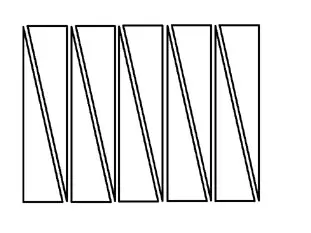
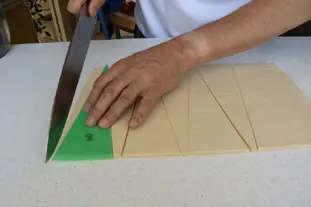
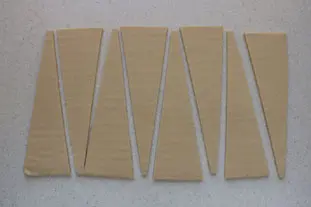

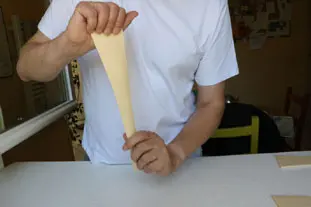
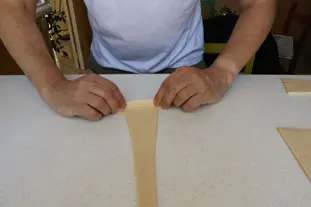

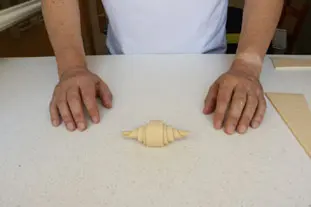
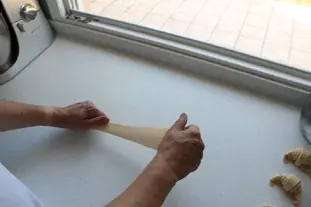
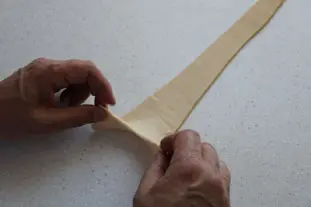
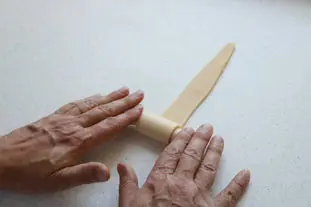

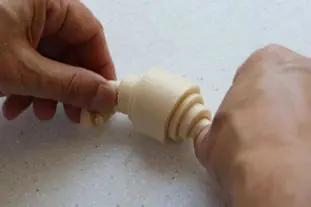
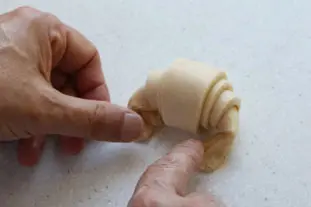


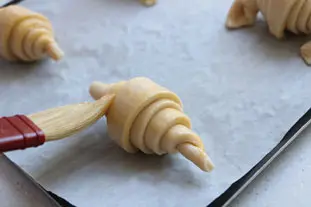
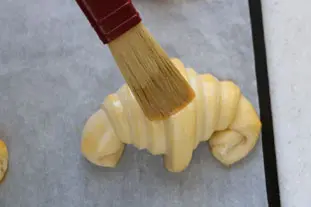






The 2 comments already posted on this recipe